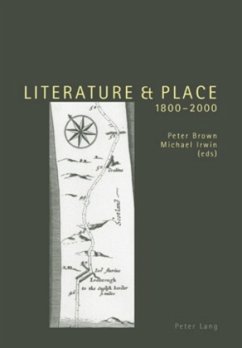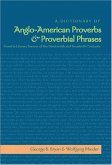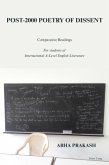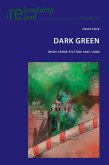Ten original essays examine the transactions between real places and the literary imagination, including the reinvention of real places in literary form, from 1800 to the present day. They deal with different kinds of locations (islands, countries, cities), the topoi writers use to articulate a sense of place (maps, ruins, landscape, history), their generic manifestations in fiction, travel writing, topography, (auto)biography and poetry, and the theoretical and methodological issues which arise. The focus moves outwards from local to regional and national issues, covering questions of cultural identity, space, representation, historicity, and modernity in England, Scotland, Ireland, France, Germany, the United States, and the South Pacific. The contributors are drawn from both sides of the Atlantic, and include established scholars as well as newer voices.
Bitte wählen Sie Ihr Anliegen aus.
Rechnungen
Retourenschein anfordern
Bestellstatus
Storno








